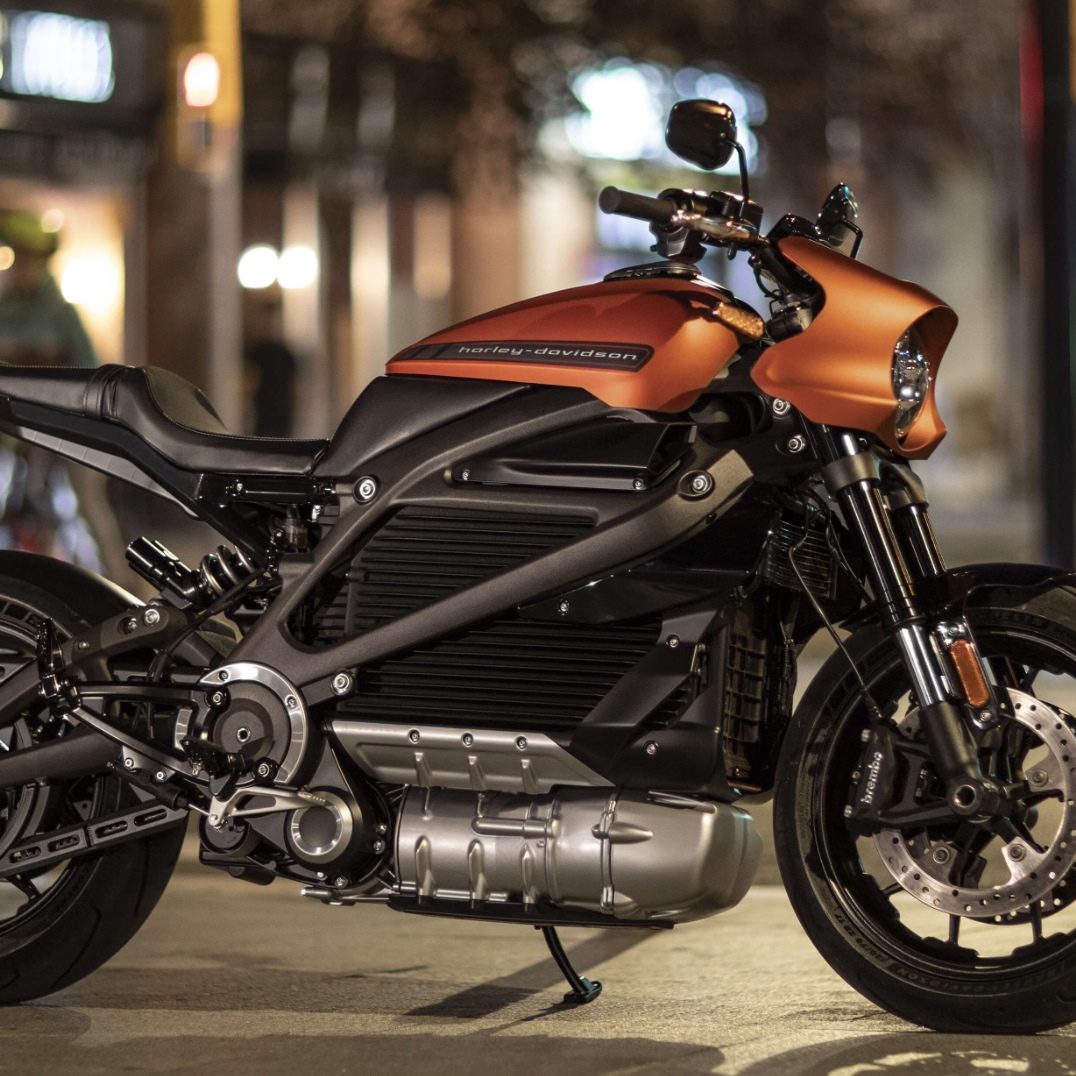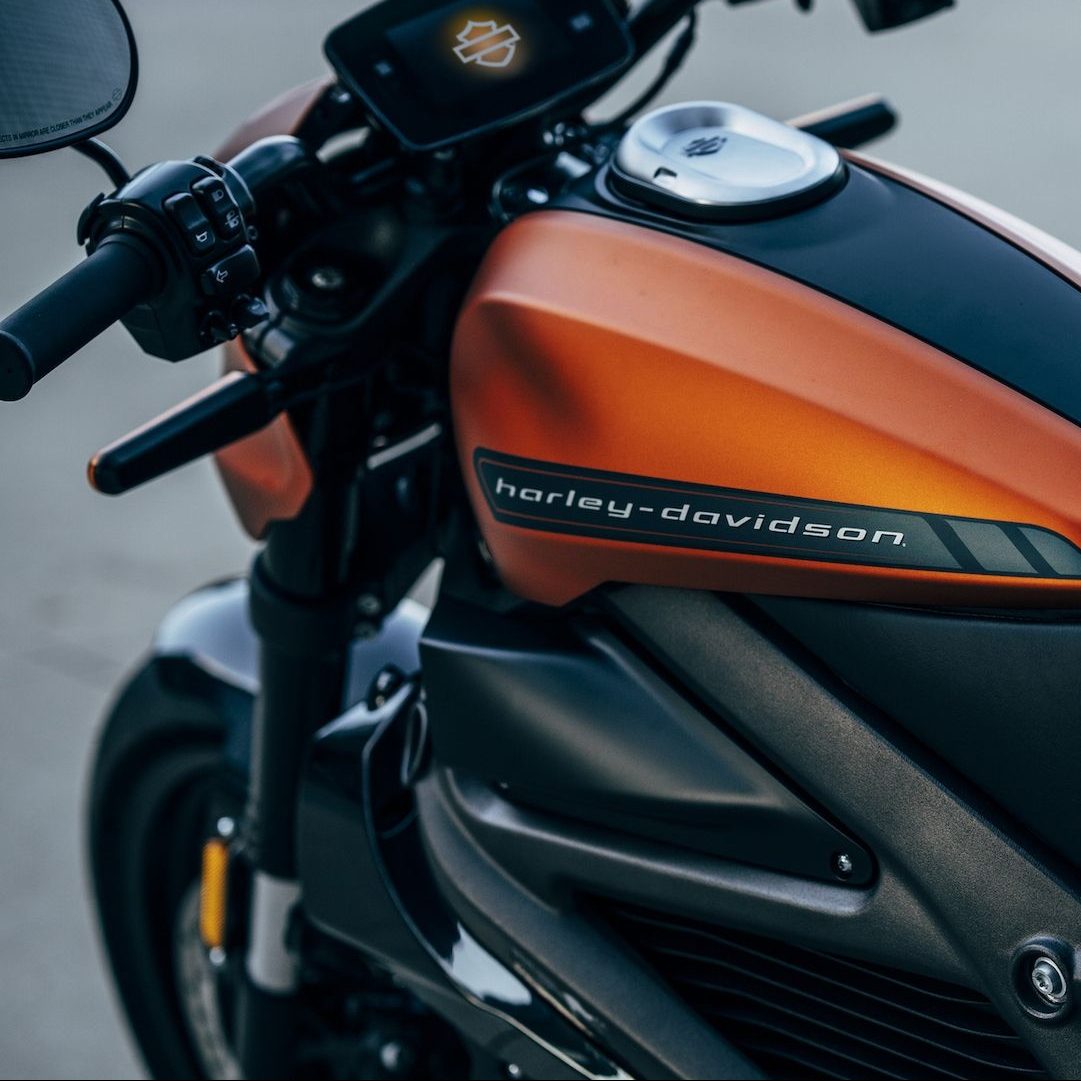Introduction
In recent years, the shift towards sustainable transportation has significantly influenced the motorcycle industry. Amidst this transformation, enthusiasts and potential buyers often ask, “Does Harley-Davidson make an electric motorcycle?” The answer is a resounding yes. Harley-Davidson has embraced the electric revolution with its innovative lineup, marking a pivotal moment in the company’s storied history. This article delves into Harley-Davidson’s ventures into electric motorcycles, exploring their models, technology, design philosophy, market reception, and future prospects.
The Evolution of Harley-Davidson into Electric Mobility
A Historical Perspective
Harley-Davidson, founded in 1903, has long been synonymous with the quintessential American motorcycle. Known for their classic design, robust engines, and loyal fan base, Harley-Davidson has dominated the heavyweight motorcycle segment for over a century. However, as environmental concerns and technological advancements reshaped the automotive landscape, Harley-Davidson recognized the need to adapt to changing consumer preferences and regulatory landscapes.
Recognizing the Need for Change
The rising demand for electric vehicles (EVs) and stricter emission standards globally prompted Harley-Davidson to explore electric mobility. While maintaining its core identity, the company sought ways to incorporate sustainability without compromising performance or style—hallmarks of the Harley brand.
Harley-Davidson’s Electric Offering: LiveWire
Introduction to LiveWire
Harley-Davidson’s foray into electric motorcycles culminated in the launch of the LiveWire model. Initially introduced as a separate subsidiary in 2014, LiveWire was later integrated into Harley-Davidson’s main lineup. The LiveWire represents the company’s commitment to electric mobility, blending Harley’s signature aesthetics with cutting-edge electric technology.
Specifications and Performance
The LiveWire boasts impressive specifications that set it apart in the electric motorcycle market:
- Battery and Range: Equipped with a high-capacity lithium-ion battery, the LiveWire offers a range of approximately 146 miles (235 kilometers) on a single charge, depending on riding conditions and usage.
- Power and Speed: The motorcycle delivers 105 horsepower and 86 lb-ft of torque, enabling rapid acceleration and a top speed of around 110 mph (177 km/h).
- Charging: LiveWire supports both Level 1 and Level 2 charging options, with the capability to charge up to 80% in approximately 40 minutes using a high-speed charger.
Design and Features
Harley-Davidson ensured that the LiveWire retained the brand’s iconic design elements while introducing contemporary aesthetics suitable for an electric motorcycle:
- Ergonomics: The LiveWire features an ergonomic seating position, ensuring rider comfort without compromising control and handling.
- Technology Integration: Advanced features include a full-color TFT display, smartphone connectivity, and customizable riding modes, enhancing the overall user experience.
- Sustainability: Emphasizing eco-friendliness, the LiveWire incorporates sustainable materials and recyclable components in its construction.
Market Reception and Impact
Initial Reception
The introduction of the LiveWire was met with a mix of excitement and skepticism among Harley-Davidson enthusiasts. Traditionalists were curious about how the brand would translate its legacy into the electric realm, while newcomers appreciated the progressive step towards sustainability.
Sales Performance
While sales figures specific to the LiveWire might not rival Harley-Davidson’s traditional models, the motorcycle has carved out a niche market. Its appeal extends beyond traditional riders to environmentally conscious consumers and urban commuters seeking a stylish yet sustainable transportation option.
Critical Acclaim
The LiveWire has garnered positive reviews for its performance, design, and technological features. Critics have praised its acceleration, handling, and innovative approach to electric motorcycle design, positioning it as a formidable competitor in the EV market.
Comparing LiveWire to Competitors
LiveWire vs. Zero Motorcycles
Zero Motorcycles has been a prominent player in the electric motorcycle sector, offering a range of models tailored to various riding styles. Compared to Zero’s offerings, LiveWire stands out with its distinctive Harley-Davidson branding, upscale design, and robust performance metrics. While Zero emphasizes versatility and affordability, LiveWire leans into premium features and brand prestige.
LiveWire vs. Energica
Energica, an Italian electric motorcycle manufacturer, targets the high-performance segment with models like the Ego and Eva. The LiveWire competes closely with Energica’s lineup, offering comparable speed and range. However, LiveWire’s unique selling proposition lies in its Harley-Davidson heritage and comprehensive rider experience, blending tradition with innovation.
Technological Innovations in LiveWire
Battery Technology
Harley-Davidson’s LiveWire employs state-of-the-art battery technology, ensuring high energy density and longevity. The battery management system optimizes performance, extends battery life, and enhances safety, positioning LiveWire as a reliable electric motorcycle option.
Regenerative Braking
LiveWire integrates regenerative braking, a feature that recaptures energy during braking and feeds it back into the battery. This technology not only improves overall efficiency but also extends the motorcycle’s range, making it more practical for longer rides.
Connectivity and Smart Features
The LiveWire is equipped with advanced connectivity features, allowing riders to sync their smartphones for navigation, music, and real-time diagnostics. The motorcycle’s dashboard provides live data on speed, battery levels, and riding modes, enhancing the riding experience through seamless integration of technology.
Sustainability and Environmental Impact
Reducing Carbon Footprint
Electric motorcycles like the LiveWire play a crucial role in reducing greenhouse gas emissions. By eliminating the need for fossil fuels, LiveWire contributes to lower carbon emissions, aligning with global efforts to combat climate change.
Sustainable Manufacturing Practices
Harley-Davidson has committed to sustainable manufacturing processes for the LiveWire. The use of recyclable materials, energy-efficient production methods, and responsible sourcing of components reflect the company’s dedication to environmental stewardship.
Lifecycle Considerations
Environmental impact extends beyond the motorcycle’s operation. Harley-Davidson addresses lifecycle sustainability by designing the LiveWire for longevity, ease of maintenance, and eventual recycling, minimizing waste and conserving resources.
Future Prospects and Expansion
Upcoming Models
Building on the success of the LiveWire, Harley-Davidson plans to expand its electric motorcycle lineup. Future models are expected to cater to different segments, offering a variety of styles and functionalities to appeal to a broader audience.
Global Market Strategy
Harley-Davidson aims to penetrate global markets with its electric offerings, particularly in regions with supportive infrastructure for electric vehicles. By adapting to diverse market needs and regulatory requirements, the company envisions a significant international presence for its electric motorcycles.
Collaboration and Partnerships
To accelerate innovation and production, Harley-Davidson is exploring collaborations with technology firms, battery manufacturers, and other stakeholders in the electric vehicle ecosystem. These partnerships are poised to enhance the efficiency, affordability, and performance of Harley’s electric motorcycles.
Challenges and Opportunities
Infrastructure and Charging Networks
One of the primary challenges for electric motorcycles is the availability of charging infrastructure. Harley-Davidson is investing in expanding charging networks and partnering with charging providers to ensure that LiveWire riders have convenient access to charging stations.
Consumer Perception and Education
Educating consumers about the benefits and capabilities of electric motorcycles is crucial for widespread adoption. Harley-Davidson engages in marketing campaigns and rider training programs to shift perceptions and highlight the advantages of electric mobility.
Competition and Market Dynamics
As the electric motorcycle market grows, competition intensifies. Harley-Davidson must continuously innovate to maintain its competitive edge, offering superior performance, design, and user experience to attract and retain customers.
 Does Harley-Davidson Make an Electric Motorcycle?
Does Harley-Davidson Make an Electric Motorcycle?
In conclusion, does Harley-Davidson make an electric motorcycle? The unequivocal answer is yes. Through the LiveWire and its expanding electric lineup, Harley-Davidson has successfully entered the electric motorcycle market, blending its traditional strengths with modern, sustainable innovations. As the company continues to evolve, its commitment to quality, performance, and environmental responsibility positions it well for the future of electric mobility. Whether you’re a seasoned Harley rider or a newcomer to motorcycles, Harley-Davidson’s electric offerings present an exciting and sustainable option for the roads ahead.


